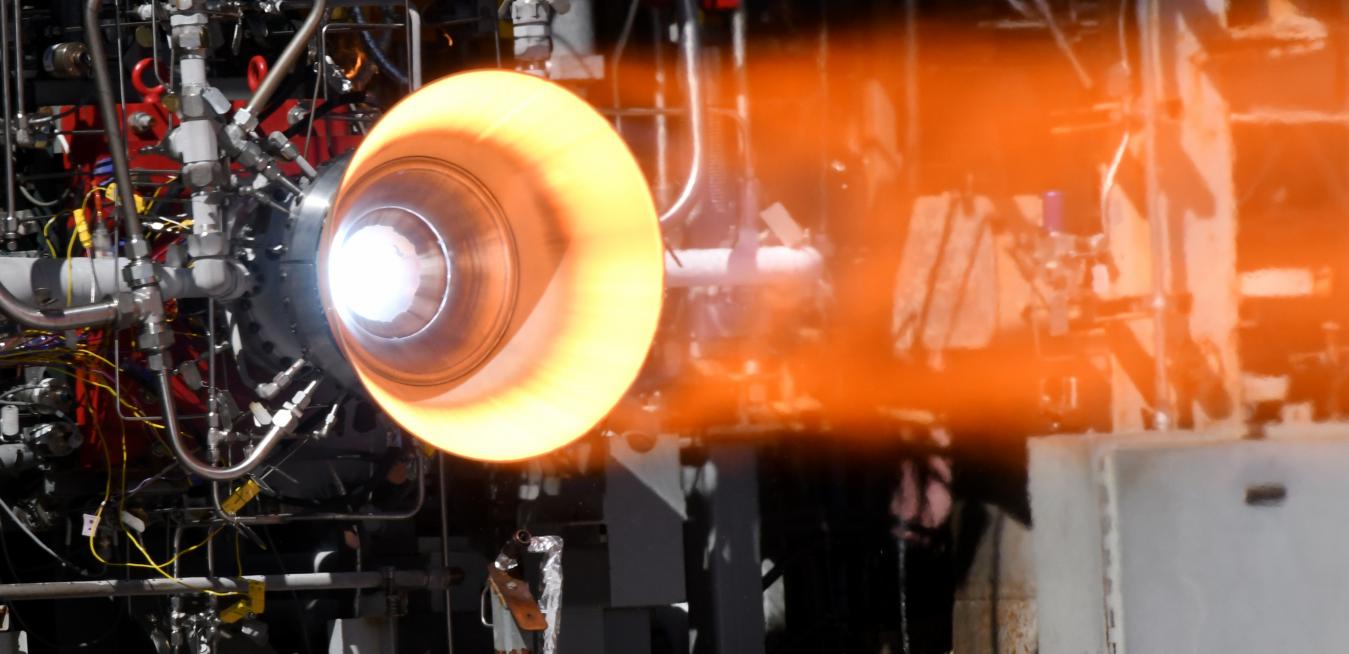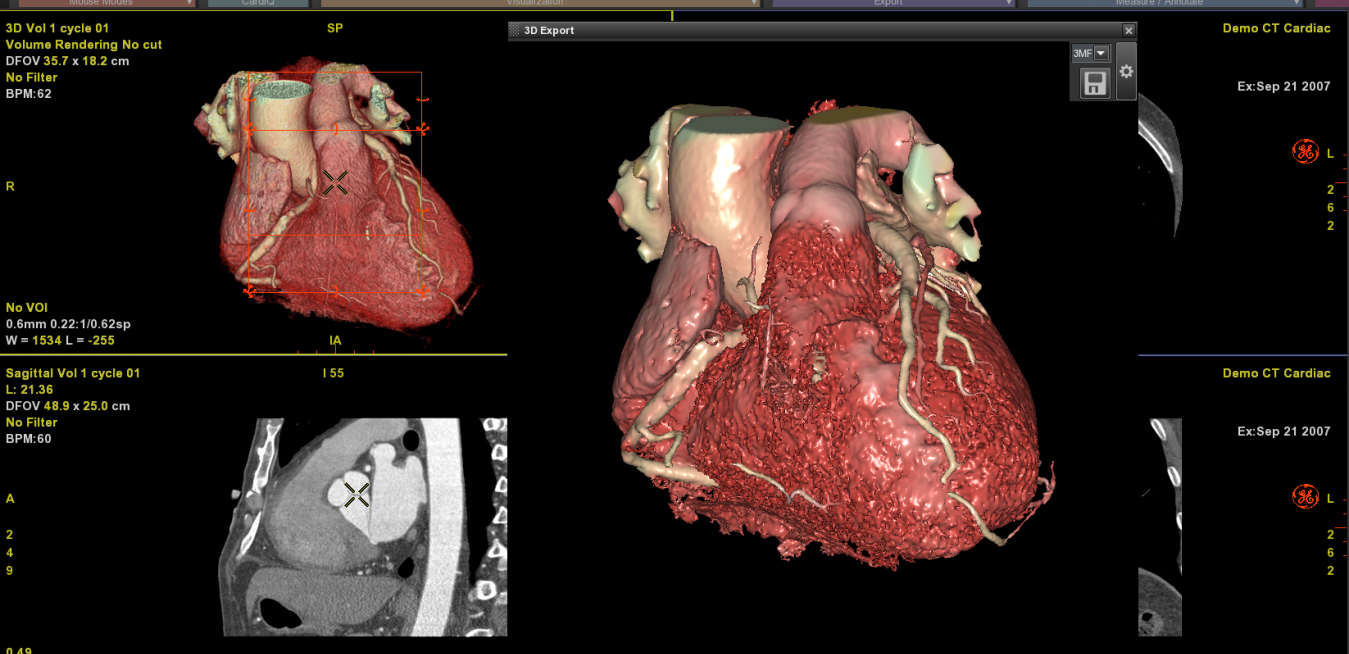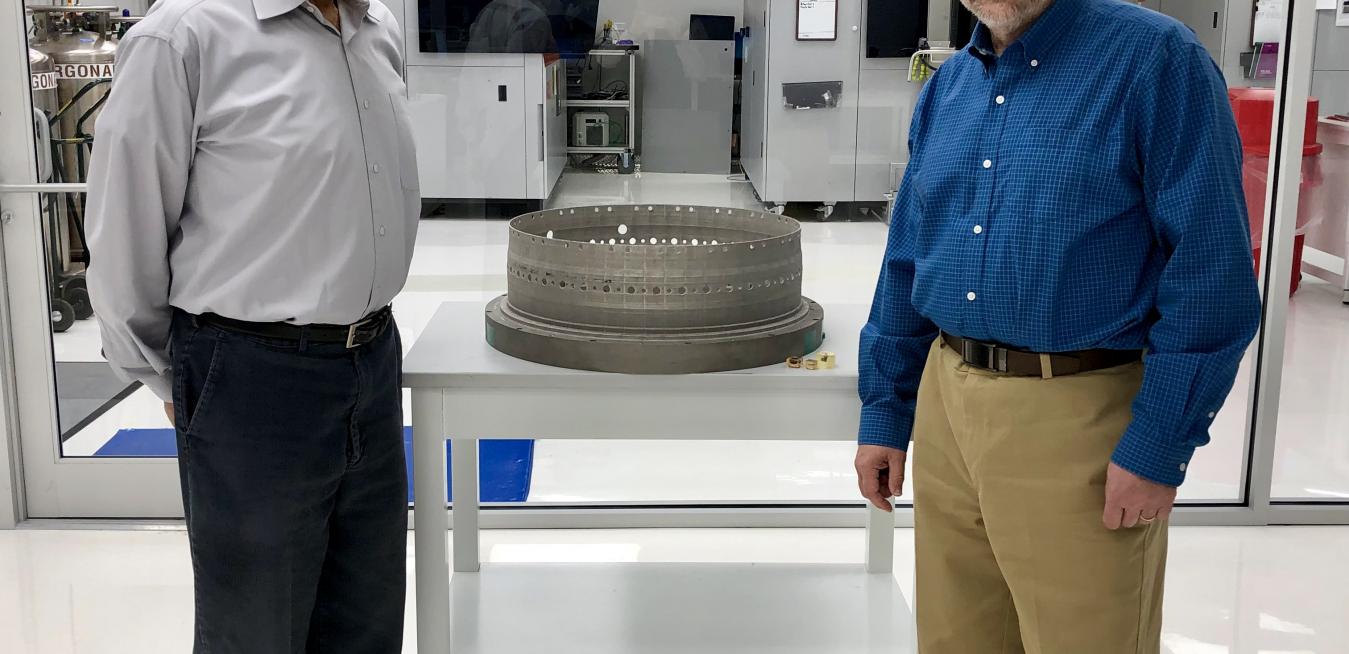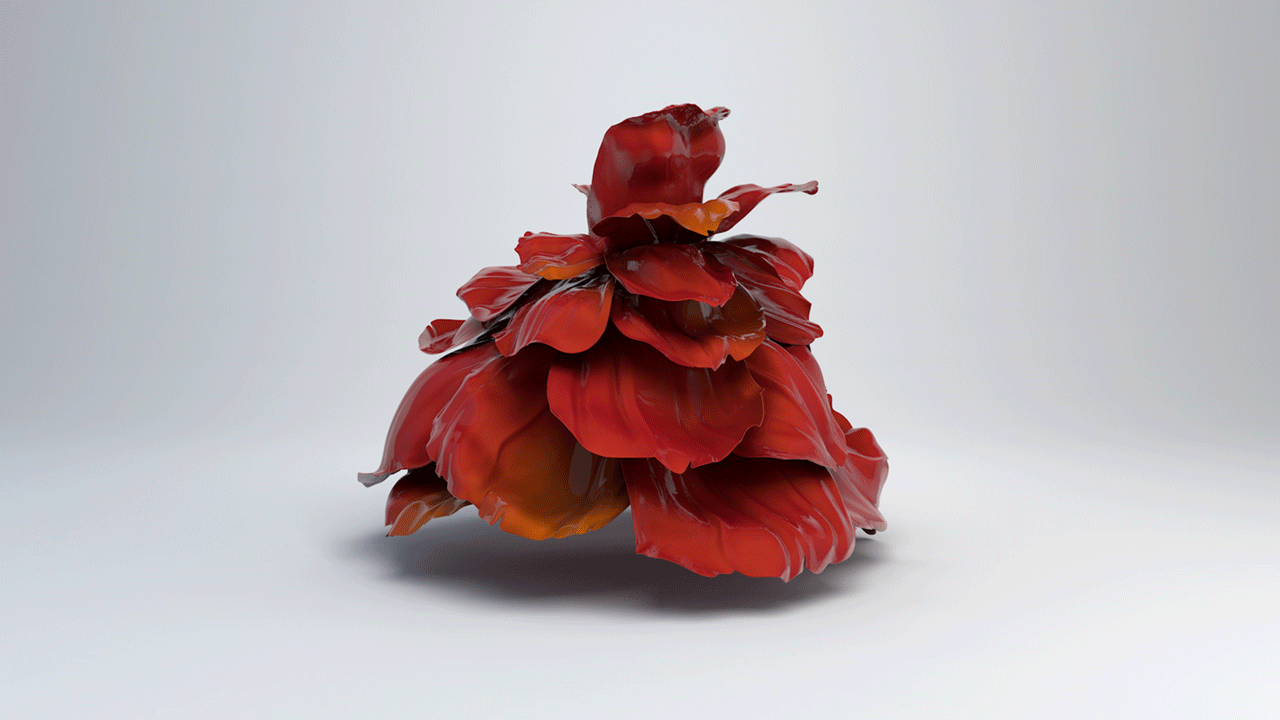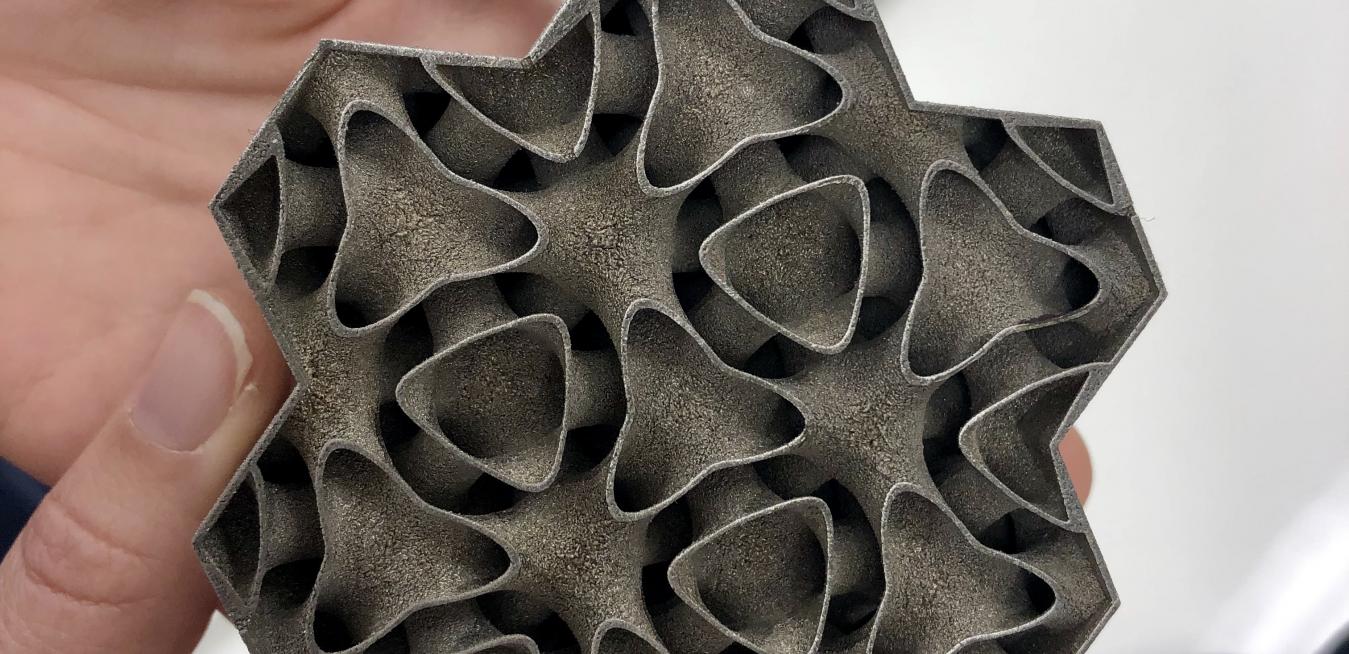With surprising cheerfulness, Anna Grimaldi recounts the years of aggravation her weight-training sessions used to cause her. Born without a right hand, Grimaldi couldn’t securely grip a bar with a standard prosthetic, making it impossible to do the same kind of squats and other exercises that track athletes rely on to build leg strength. “It was quite frustrating on my end, because I knew what I needed but I had nowhere to go to get it,” the 22-year-old long jumper says.
When Christopher Protz and Paul Gradl first started experimenting with building rocket engine components out of copper, the NASA engineers feared they might be wasting their time. Back in 2014, copper had never been used in 3D printing, and it appeared ill-suited to the technology. For one thing, particles of the shiny metal had a nasty habit of directly reflecting the 3D printers’ laser beams, partially melting the copper while frying some very expensive lasers. Early prototypes, recalls Protz, came out looking like “dark-colored blobs.”
Looking back at his illustrious career in aviation, Paul Poberezny said that he “didn’t think there has been a single day since I was five years old when I didn’t say the word ‘airplane.’”
When Charles Parsons invented the steam turbine in 1884, it was a monumental advance. More than a century later, engineers are still relying on steam to operate the turbines that generate much of the world’s power. Perhaps it’s about time to take the technology to the next level.
One way to do that is to draw inspiration from the human body. That’s exactly what Peter deBock and his colleagues at GE Research in Niskayuna, New York, did: They devised a heat exchanger — an essential component of the cooling system of a power turbine — that mimics human lungs.
Gut bacteria that increase the performance of elite athletes, color-changing scorpion venom that’s also toxic to drug-resistant infection, beer labels that appear three-dimensional but are printed with regular ink on a regular printer — it’s a veritable grab bag of wonders in our latest roundup of the coolest discoveries in science and tech. Considered yourself forewarned, though: This week’s installment does include the phrase “hair farm.”







